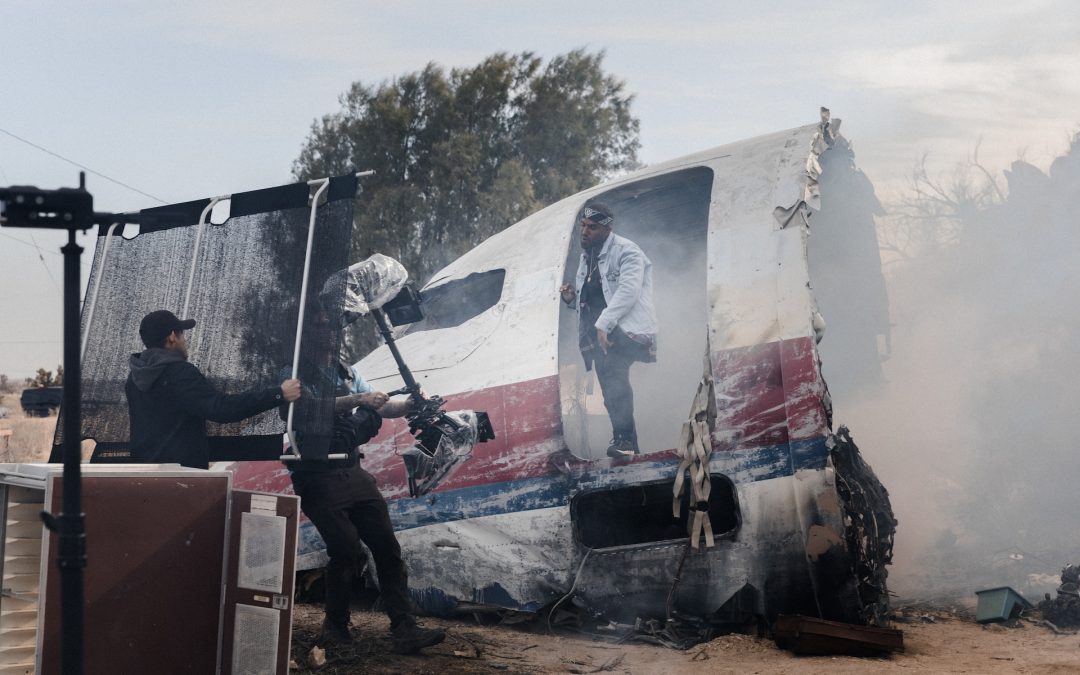Finding the right location for your film – whether it’s corporate or brand, TV or film, can make all the difference. So we’ve put together some top tips of things to look out for and keep in mind when your scouting for your next film set.
- Do your homework. A few websites worth checking out are Locations Hub, Flickr Map Search and Shot Hotspot. The first is a website dedicated to filming locations rather than photography locations (so noise and traffic are factored in). On Flickr user can see where photos were shot on a detailed map. So you can search by keywords, find images of them and then find out where these locations are. Shot Hotspot is for photographers but has a whole range of locations which you can refine by landscape, architecture, water etc. You can also visit the local film commission website to search for detailed maps and photos of local filming areas and shooting locations.
- Go and see it. Pictures can say a thousand words, but they can also be inaccurate. They might be old, warp the shape of the room or be taken at a different time of year to when you are shooting. Take lots of pictures whilst you’re there, to share with the rest of the team. If you’re using natural light, make sure you visit the venue at the time you’ll be shooting to see how the venue looks at that time of day.
- Accessibility. Are you working with anyone with accessibility needs? Then you’ll need to ensure that the space that you find is suitable for them. More generally if the space is in a very remote location this might make it difficult for people without cars to get to.
- Noise. While you’re visiting your location talk, shout, clap, sing and so on to get a measure of the acoustics of the space. Find out if you’re near a flight path which would mean regular airplane noise. If you’re shooting somewhere busy, take the background noise into consideration.
- Lighting. Will you be using natural light or artificial light? How much you can control the light in a space is something all filmmakers need to consider, whether it’s blocking out natural light in rooms or ensuring enough natural light can make its way into the space. If you’re not using natural light, you might be able to make the most of venues that are only available at night time so that’s something to consider too.
- Versatility. If your film is all taking place in one room ignore this one. But if you’d like your film to take place across a couple of different spaces, you can really help yourself if you can find a venue that has lots of these spaces inside. Depending on the scale of the production you’ll also need to think about space for catering, dressing rooms for actors/ interviewees.
- Logistics. Of course you want to keep your film in mind, but you also need to consider the logistical bits: is there a bathroom? Is there storage for equipment if that’s required? Is there power? Is there parking?
- Budget. If you’re working to a very limited budget then this can limit your options. Think about what you and the people around you have available to you. Don’t be afraid to ask local, unusual spaces that might not have been used in that way before – the worst they can do is say no. Think creatively about the spaces around you too. What could you do to turn that corridor in the local library into a hospital corridor, for example?
Check out some more resources below:
https://austincourt.theiet.org/news/latest-blogs/five-top-tips-to-find-the-perfect-filming-location/
https://mycho.weebly.com/blog/finding-locations-3-easy-ways-to-find-your-next-film-set



